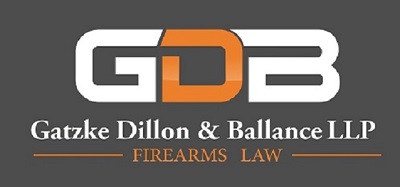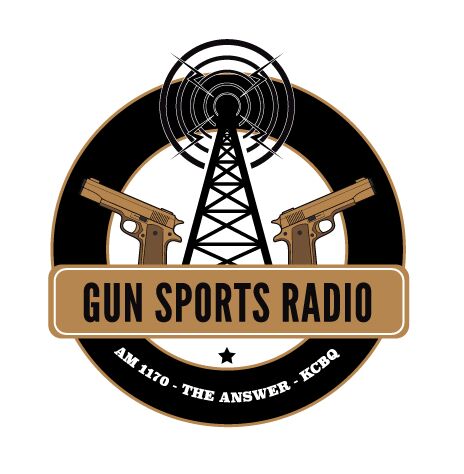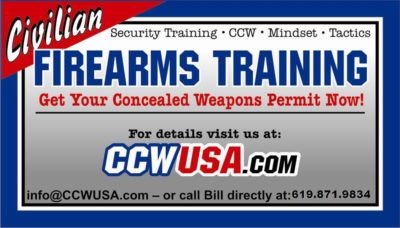U.S.A. -(AmmoLand.com)- Despite the fact that revolvers are among the most recommended carry guns for new and female shooters, they aren’t all great choices.
Don’t misunderstand me, I’ve owned and carried revolvers for years. While six-shooters absolutely have their place in a shooter’s arsenal, they’ve often employed wrong. This isn’t to say that they’re a bad choice when shoe-horned into roles they weren’t built for, but more so that a combination of factors have caused some of their most shining moments to eclipse. Paramount among these is the .38 special snub-nosed revolver. Compact, reliable and fool-proof, the .38 wheel-gun should be the perfect concealed carry option for new shooters – but it’s not.
Here are four reasons why it’s not.
You’re Not a Good Enough Shot.
RIP my inbox – but hear me out before you glass me from orbit. A snub-nosed, double-action-only revolver in any caliber is a very difficult firearm to shoot both accurately and quickly. In fact, I would argue it is among the most difficult. The combination of minimalistic carry sights and ultra-short sight radius stack the odds against the shooter purely from a usability perspective.
After all, how is a shooter supposed to successfully hit a target if the sights preclude both accurate and fast target acquisition?
Think about that for a moment. Most modern firearms have sights designed for either speed or precision and sometimes even both. But have you ever heard of a pistol with sights that are both slow to align and too large to place shots accurately?
If you own a two-inch barrel revolver you have. My point is that it takes a ton of dedicated practice to even be on par with a casual shooter armed with a quality auto-loader equipped with modern sights. And this problem only gets worse for shooters with bad eyesight, in dim lighting conditions, or worse shooting under pressure. You know, exactly the sort of conditions someone might need to use a concealed carry weapon. For these reasons, I only recommend double action only, snub-nosed revolvers for experienced shooters.
.38 Special Terminal Ballistics Suck
While a bit over-the-top, the statement holds true. The terminal ballistics of a standard SAAMI spec .38 special round fired from a short barrel is terrible. That said, newer .38s chambered for +P rounds help mitigate this, but in my opinion, for any serious use, a revolver should be chambered in .357 Magnum and have at a minimum, a three-inch barrel.
Why? Because out of a super-short barrel, a 38 special has similar or worse penetration than a 9mm round. And given the seemingly endless number of new subcompact 9mm handguns hitting the market every year, there’s not a huge reason to opt for a .38 over one. Yes, some shooters struggle to rack an auto-loaders slide. But buying a locked-breech pistol and giving proper instruction makes this feasible for anyone who isn’t struggling with a disability.
Big Kick, Little Pew
One of the most common comments I’ve heard when I’ve let new shooters fire my Smith & Wesson Model 442 Revolver, is on how much recoil the thing has. Especially from folks who’ve shot bigger .38 special revolvers or level-action rifles in the past. They expect the same mild recoil of an old S&W Model 10 out of the alloy-framed 442. Instead, they’re met with a disproportionate muzzle blast and sharp recoil impulse. And before the comments section fills up with such brilliant recommendations as, “You’re a wimp!” or “Hit the gym!” It’s not about whether I can handle the recoil. It’s about whether the average shooter can. And in my experience, most cannot.
Not 1980’s B-movie amounts of silly recoil where the gun seems to be firing SCUD missiles, but enough that most shooters will want to stop a practice session after firing through two cylinders worth of ammunition. This makes the pistol, in general, a tough sell for new shooters. Especially given the aforementioned short sight radius. In a nutshell, punishing recoil combined with difficult sights makes successfully grouping rounds on paper very tough. This will very likely discourage new shooters from practicing and honing their marksmanship skills.
by Jim Grant










